In American history, no less than three times high-ranking officials have raised the idea of purchasing Greenland, an autonomous Danish territory in the Arctic.
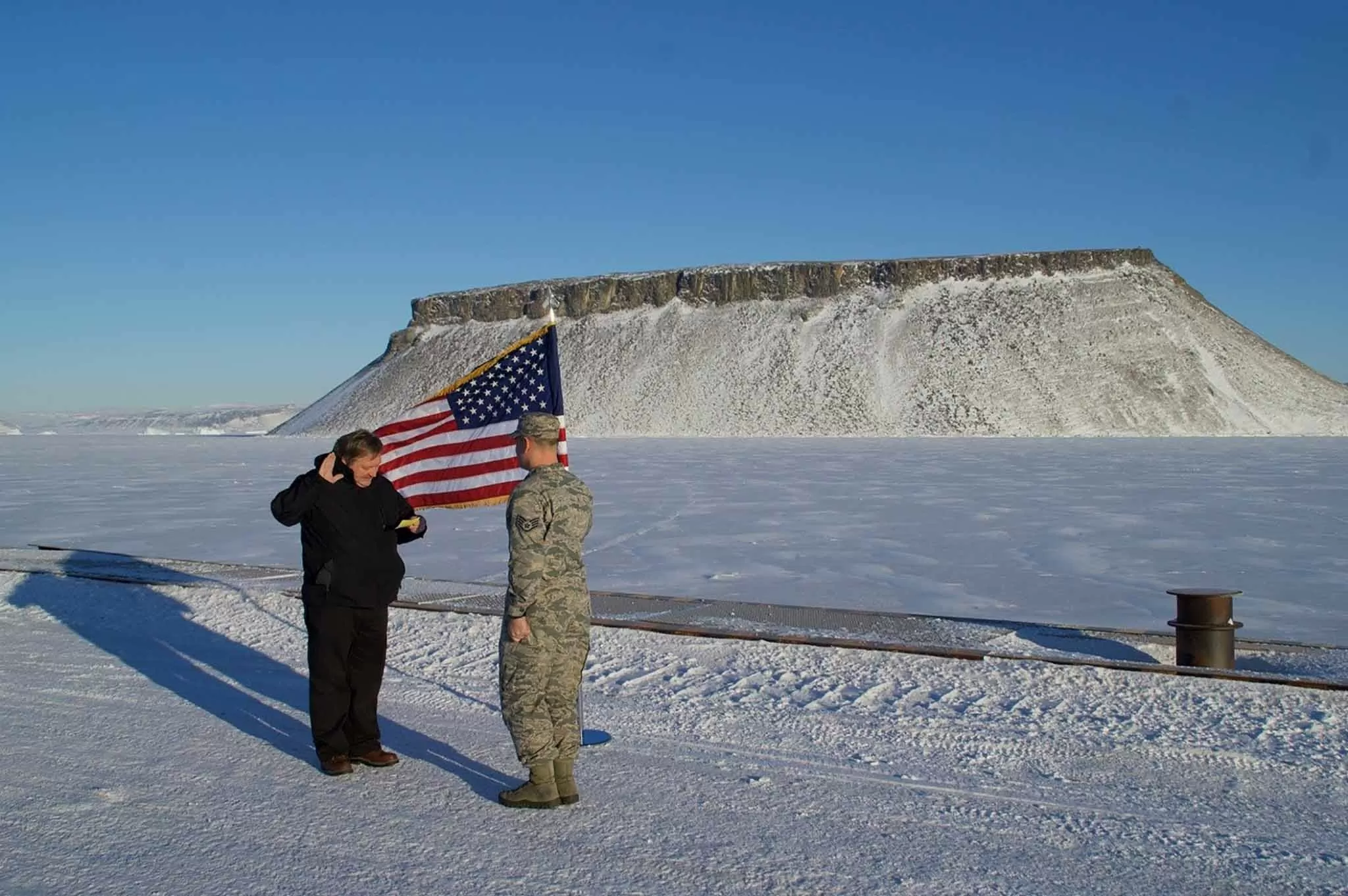 |
| A US soldier takes the oath of office at Thule Air Base (Pituffik), Greenland, in 2016. (Source: US Air Force) |
Recently, US President-elect Donald Trump stirred up public opinion when he repeated his shocking statement about wanting to buy Greenland, the world's largest island, three times the size of the entire state of Texas, "for national security and freedom around the world."
Who owns Greenland?
In 1979, Denmark granted Greenland autonomy, allowing the world's largest island to govern itself in areas such as economy , taxation, education, culture and social welfare. However, Denmark retains control of the constitution, foreign relations and defence. Greenland is part of Denmark, and its people are Danish citizens with full rights and obligations.
Denmark and the Greenland government jointly manage mineral resources. According to Encyclopedia Britannica, this was perhaps what prompted Greenlanders to vote overwhelmingly in 2008 for greater autonomy, leading to the 2009 expansion agreement with Denmark.
Under the expanded autonomy agreement, Greenland became a self-governing unit, retaining most of its oil and mineral revenues and making almost all of its own decisions on internal matters. Greenlandic also became an official language.
To this day, Denmark remains in cooperation with the Greenlandic authorities, continuing to manage the island's foreign relations and defense. No country can increase its military presence in Greenland without the consent of both the Danish and the island governments.
As of 2017, Denmark is Greenland's largest trading partner, importing 55% of the island's goods and accounting for about 63% of its exports. Denmark currently subsidizes Greenland to the tune of about Kr4.3 billion (nearly $400 million) per year.
Greenland has had the right to declare independence since 2009, but with a population of just 56,000 and a heavy financial dependence on Denmark, the territory has never chosen that path.
In 2014, a group of 13 scholars from the University of Greenland, the University of Copenhagen, and the Institute for Nordic Studies published a research report titled “The New Denmark-Greenland Relationship: The Way Forward,” which assessed that Greenland would remain dependent on Danish subsidies for at least another 25 years to maintain its welfare system.
Competitive focus
Since the beginning of the 21st century, strategic competition in the Arctic has increased, especially between Russia, the United States and China, putting Greenland at the center of attention. The island in the central Arctic, near new shipping routes opened by melting ice, is in an advantageous position to control the region's airspace and seas.
In addition, Greenland possesses important natural resources such as rare earths and uranium, which are essential for modern technology and renewable energy. In addition, Greenland is estimated to have 50 billion barrels of offshore oil and gas and abundant fisheries.
In 2019, Walter Berbrick, Associate Professor at the US Naval Academy and founding director of the Arctic Research Group, assessed: “Whoever holds Greenland, holds the Arctic. It is the most important strategic location in the region and perhaps in the world.”
For the United States and the North Atlantic Treaty Organization (NATO), Greenland plays an important role in security strategy. In 2010, Reuters described Greenland as a “security black hole” for the United States and its allies because of its 44,000 km long coastline that is difficult to monitor. Foreign ships, including Russian submarines, have repeatedly appeared unexpectedly in this area.
Rasmus Nielsen, an expert at the University of Greenland, said that in recent years, the US has had a greater focus on Greenland and that Washington is “really waking up to the reality of the Arctic” because of Russia and China.
For China, Greenland is part of the Asian economic powerhouse’s “Polar Silk Road” strategy. From 2012 to 2017, China was Greenland’s largest investor, investing $2 billion, accounting for 11.6% of the island’s GDP. In 2018, China’s Shenghe Company won mining rights to Kvanefjeld, one of the world’s largest multi-element deposits. However, in 2017, Denmark rejected a Chinese company’s proposal to buy an abandoned naval base in Greenland to protect its relations with the United States.
The European Union (EU) also has important strategic interests in its relationship with Greenland. The EU maintains a special relationship with Greenland through the EU-Greenland Cooperation Agreement. This helps the bloc maintain its presence and influence in the Arctic region and support sustainable development initiatives on the world’s largest island.
For Denmark, maintaining control over Greenland’s foreign and defense policy helps it maintain a presence and surveillance capability in the Arctic region, while contributing to NATO’s common defense strategy. This also helps Denmark ensure its national security and international standing.
| Greenland is an island located on the route connecting the North Atlantic Ocean with the Arctic Ocean, with an area of over 2.1 million km2 and a population of nearly 57,000. About 80% of Greenland's surface area is covered by ice. |
America's Ambition
On December 24, after US President-elect Donald Trump announced his desire to buy Greenland, the New York Post reported that the 47th White House boss was completely serious about this issue.
However, in fact, the first time US officials mentioned the purchase of Greenland took place in 1867. The then US Secretary of State William H. Seward (1801-1872) considered the feasibility of purchasing Greenland after completing the agreement to buy Alaska from Russia because he believed that this idea "deserves serious consideration".
During this period, the US was aggressively expanding its territory according to the Manifest Destiny policy to the West and North, especially into lands rich in natural resources and strategic locations.
In 1868, Seward proposed to buy both Greenland and Iceland from Denmark for $5.5 million in gold. However, this plan did not come to fruition.
In 1910, the US Ambassador to Denmark Maurice Francis Egan (1852-1924) suggested exchanging Mindanao and Palawan for Greenland and the Danish West Indies, but this idea was also abandoned.
After World War II, in 1946, the US Joint Chiefs of Staff listed Greenland and Iceland as two of three essential international locations for bases for this superpower.
The US made an offer to buy Greenland from Denmark for $100 million, but Copenhagen rejected it, and instead the Nordic country signed a treaty giving the US exclusive jurisdiction over defense zones in the territory in April 1951.
Around 1953, the US established Thule Air Base (renamed Pituffik in 2023) in northern Greenland, which later became part of the North American Aerospace Defense Command (NORAD). Thule employed more than 1,000 Greenlanders, and the US brought in nearly 10,000 personnel.
US interest in Greenland declined abruptly after the Cold War, with a presence of just a few hundred personnel.
In 2019, Senator Tom Cotton revived the idea of buying Greenland with then-US President Donald Trump, citing the island’s importance to US national security and its huge economic potential. Leaders in Greenland and Denmark immediately rejected the idea.
Danish Prime Minister Mette Frederiksen declared: “Greenland is not for sale. Greenland is not Denmark’s. Greenland is Greenland’s.” In response to these reactions, Mr. Trump decided to cancel a planned state visit to the Nordic country.
Associate Professor at the Danish National Defense University Marc Jacobsen commented that until recently, when Mr. Trump repeated his intention to buy Greenland during his second term in the White House, perhaps no one thought it was "ridiculous".
On December 24, just hours after the US President-elect announced his intention to buy Greenland, Denmark announced plans to dramatically increase defense spending on the island to the tune of $1.5 billion. Copenhagen also issued a strong statement affirming that the world's largest island is not for sale.
Buying territory from a sovereign nation is not unprecedented. While it is unclear how determined Trump is to do so, it is clear that the US president-elect has pushed NATO member Denmark to increase its defense budget, a move he has pushed hard for both his previous and current terms.
Source: https://baoquocte.vn/greenland-thoi-nam-cham-giua-long-bac-cuc-299451.html


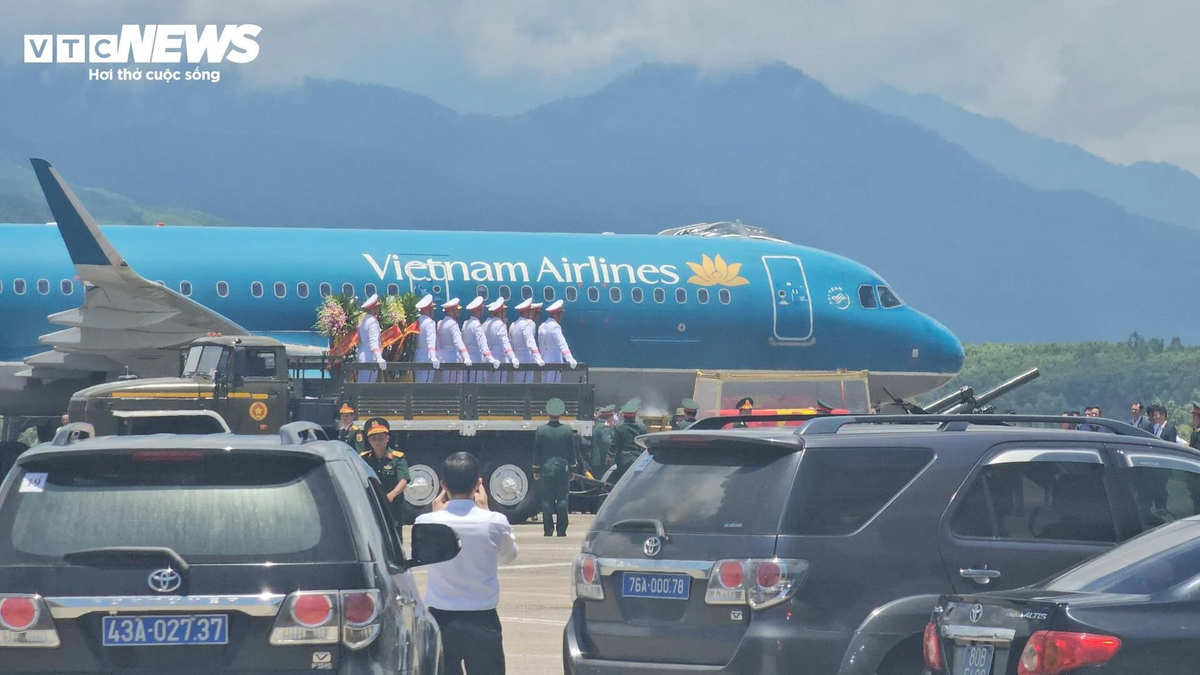
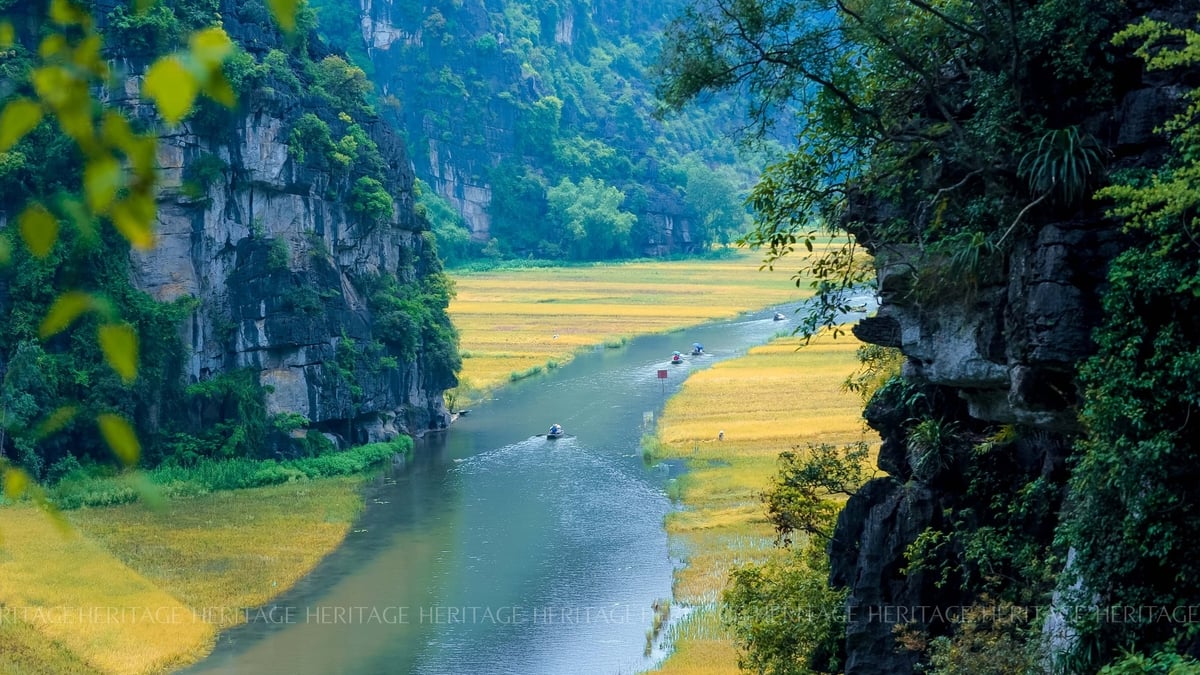
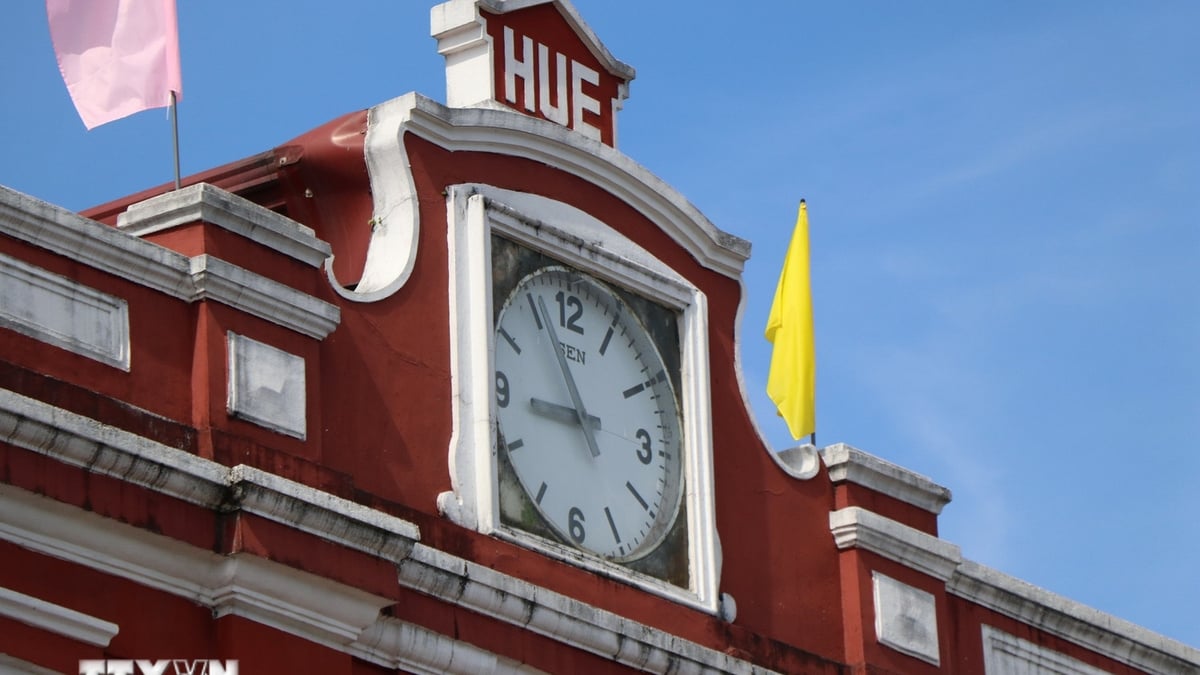
![[Photo] Festival of accompanying young workers in 2025](https://vphoto.vietnam.vn/thumb/1200x675/vietnam/resource/IMAGE/2025/5/25/7bae0f5204ca48ae833ab14d7290dbc3)
![[Photo] The coffin of former President Tran Duc Luong arrives in Quang Ngai](https://vphoto.vietnam.vn/thumb/1200x675/vietnam/resource/IMAGE/2025/5/25/1f1aca0d92ab47deae07934e749b35e6)
![[Photo] President Luong Cuong receives Lao Vice President Pany Yathotou](https://vphoto.vietnam.vn/thumb/1200x675/vietnam/resource/IMAGE/2025/5/25/958c0c66375f48269e277c8e1e7f1545)




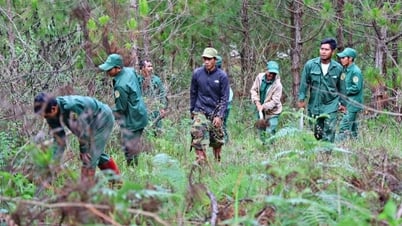









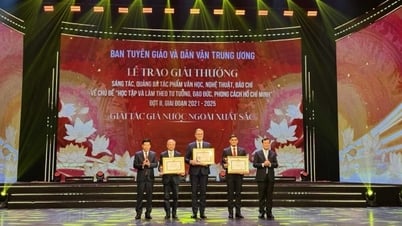
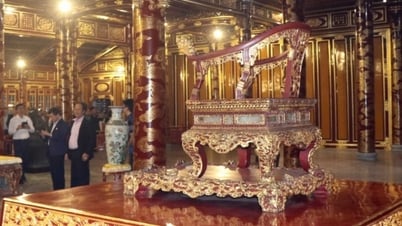


































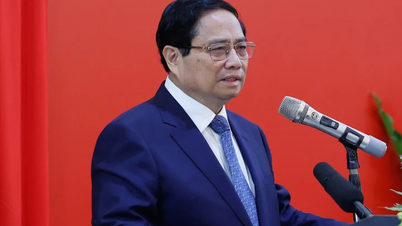

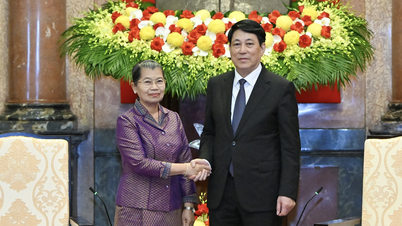

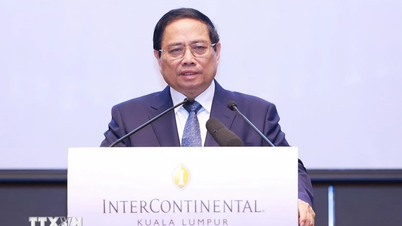



























Comment (0)